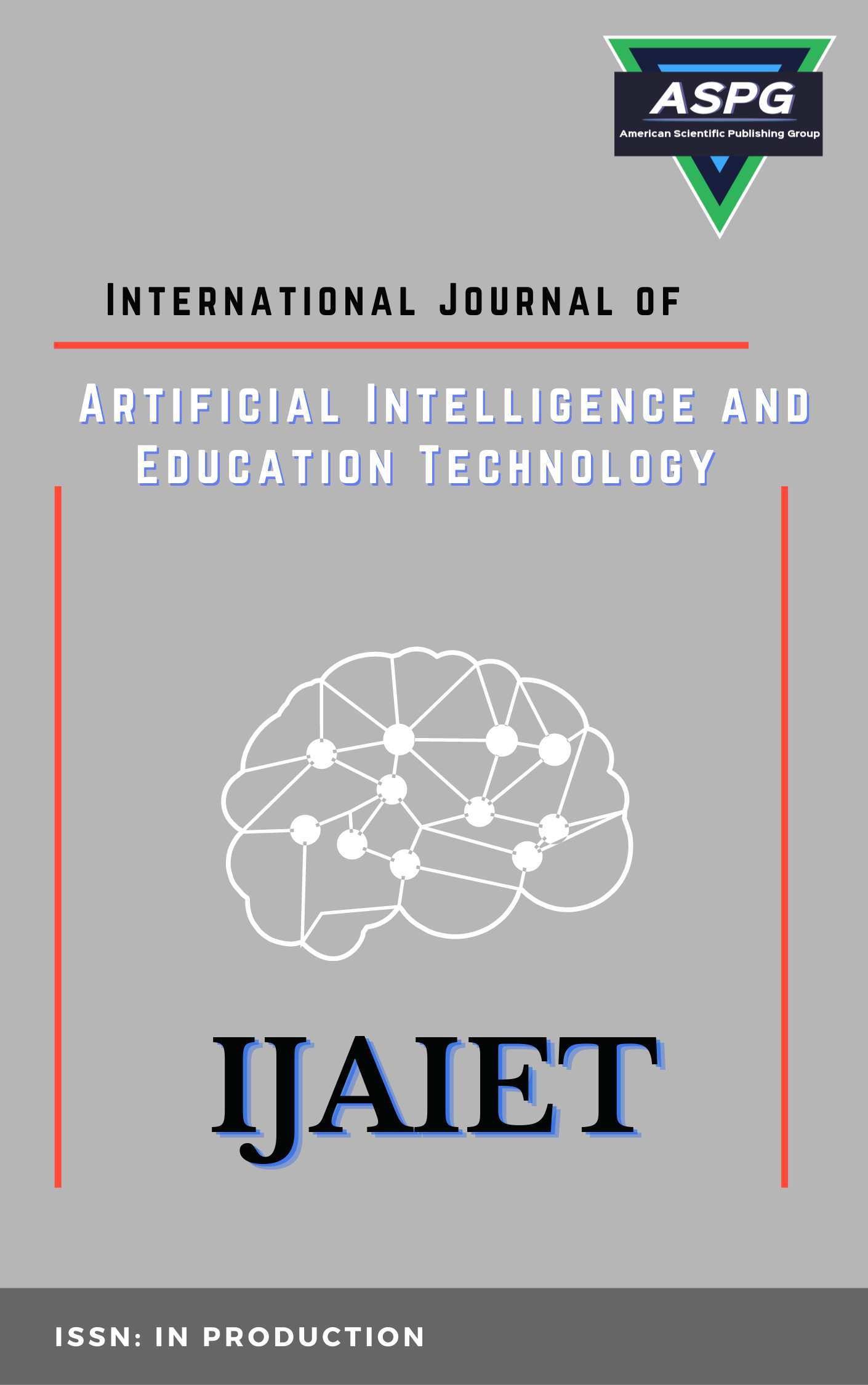

The aim of the research is to build a system to improve the quality of digital images used in the production of electronic courses, as this proposed system relied on digital image processing using recursive curve modification histogram techniques (through a set of stages including the stage of converting the color image to a gray scale image, then the stage Removing noise from the image, then the stage of resetting the contrast of the image Histogram Equalization Technique, with a judgment or decision on the importance of the improved image resulting from the system automatically, by comparing the (SSIM) value between the original image and the enhanced image and coming up with a decision before outputting The image on the screen and how useful it is, or keep the original image.
Read MoreDoi: https://doi.org/10.54216/IJAIET.010201
Vol. 1 Issue. 2 PP. 08-21, (2022)
This study aims to present the basic principles of blockchain technology that has received the attention of various sectors, including the higher education sector, which studies the application of these technologies to improve information traceability, accountability, and integrity, while ensuring privacy, transparency, durability, trustworthiness, and authenticity. Various interesting proposals and projects launched and being developed, including verification of digital certificates. Through this study, we are building a digital certificate validation system that overcomes the limitations of paper-based digital certificates and non-blockchain-based digital certificates. It explains how to verify a certificate and gives a new idea to create a certificate in the most secure and tamper-resistant way using blockchain technology.
Read MoreDoi: https://doi.org/10.54216/IJAIET.010202
Vol. 1 Issue. 2 PP. 22-35, (2022)
The article deals with the issue of practical application of Internet technologies in the educational process. The main directions of using computer networks in teaching students are indicated. Particular attention is paid to the use of distance learning systems based on the Internet.
Read MoreDoi: https://doi.org/10.54216/IJAIET.010203
Vol. 1 Issue. 2 PP. 36-42, (2022)
The essay supports the significance of Uzbekistan's higher education system's digital transition during the fourth industrial revolution. It has been established that a digital transformation strategy for higher education is necessary, as is the development of new information and communication skills. According to the authors, modernizing corporate IT architecture management and implementing it on a cloud-based platform are both necessary components of the university education system's digital transformation strategy. The authors examined the primary potential directions for the transformation of educational services and the related business procedures. The foundation for developing a global cloud-based platform for higher education should be the integration of educational content management modules from various Uzbekistan universities.
Read MoreDoi: https://doi.org/10.54216/IJAIET.010204
Vol. 1 Issue. 2 PP. 43-18, (2022)
The article deals with the issue of practical application of Internet technologies in the educational process. The main directions of using computer networks in teaching students are indicated. Particular attention is paid to the use of distance learning systems based on the Internet.
Read MoreDoi: https://doi.org/10.54216/IJAIET.010205
Vol. 1 Issue. 2 PP. 94-53, (2022)